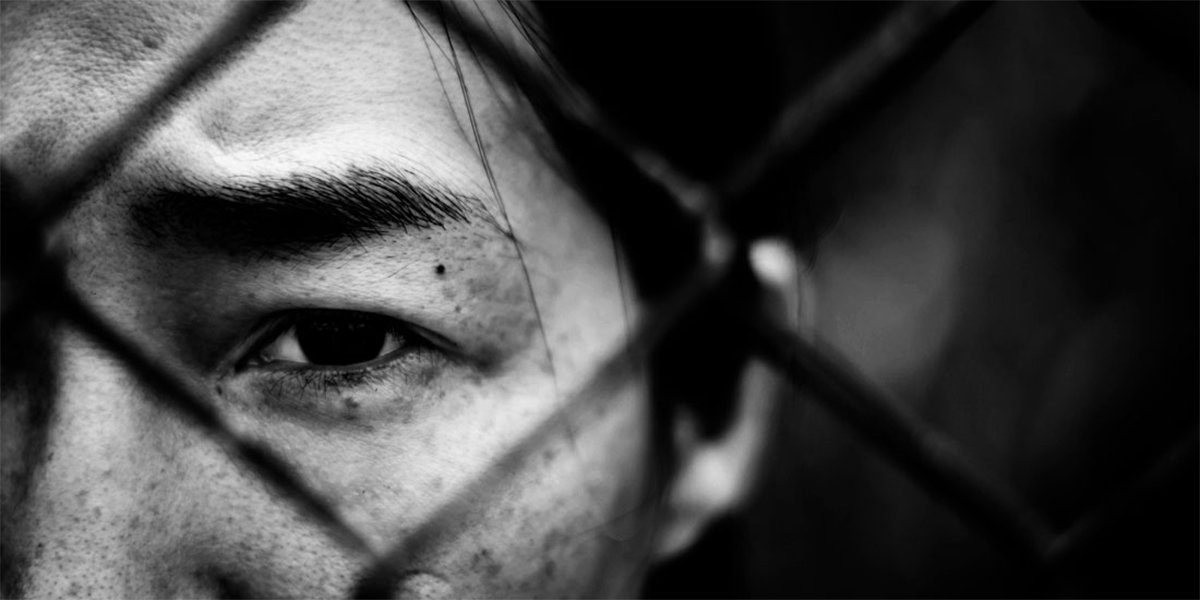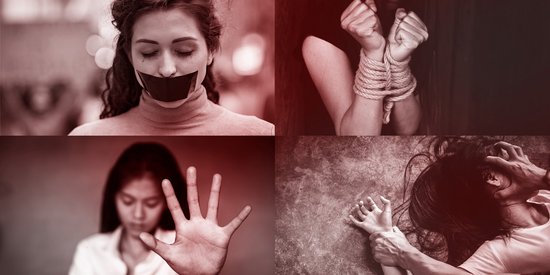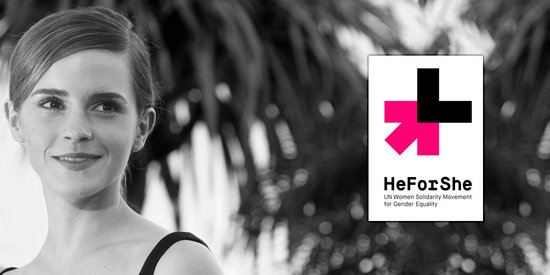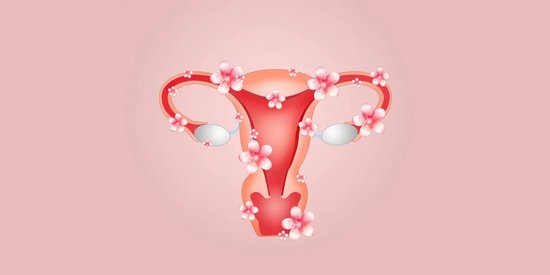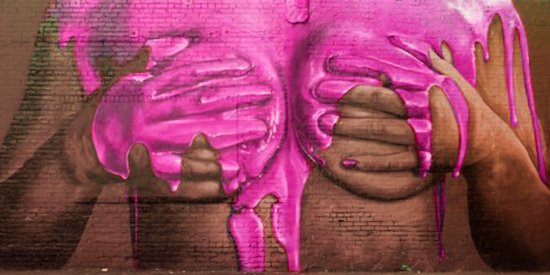Since the emergence of HIV and AIDS more than 25 years ago, the VIRUS is still the primary cause of death in the world for women aged 15 to 49 in the 2020s.
As well as the physiological and socio-cultural causes, women are more vulnerable. Between the desire for having a child or an unwanted pregnancy, taboos related to sexuality, early marriage, violence against women, obstacles related to contraception or even access to health services, we are always late getting diagnoses.
In this article, we will deal with the inequality between men and women in the face of HIV/AIDS and will discuss some subjects that we all know about… We will highlight the causes and the consequences.
Prevalence and new infections, here are some facts and figures!
According to UnWomen and the UN, the incidences of HIV in specific groups of women remains highly disproportionate. According to a study measuring the cumulative prevalence of HIV in 50 countries, it is estimated that worldwide, sex workers are approximately 14 times more likely to be infected with HIV than other women of childbearing age.
An anthropological vicious circle?
Although the global response to the epidemic has made remarkable progress, young women in many countries continue to be disproportionately affected by HIV, due to gender inequalities and a general lack of information. This was widely underlined at the last European Congress on AIDS, where recent data counted more than 33 million HIV-positive people throughout the world, including 17 million women and young women representing 60% of these people.
6,000 is the number of young women aged 15 to 24 who are infected every week in the world.
But what do we mean by gender inequality? What are the obstacles?
The relationship between gender inequality and HIV/AIDS is inextricably linked. Even though men and women do not respond in the same way to viral infections at all, the positioning of genetic differences linked to the sex chromosome is not the answer to this inequality. Instead, it can be explained by the discrimination and violence of which women are still too often victims.
The first obstacle is the deeply unequal status on the cultural, social and economic levels in many countries, where discriminatory socio-cultural norms are positioned in laws that limit the rights of prevention among young women. In many countries, issues related to sex and violence are considered personal, not a matter for the government, nor for the community.
It should be noted that in 29 countries women must have the authorization of their spouse to access sexual health services, which means that they do not have the last word regarding their own health.
The second obstacle or rather, the double jeopardy!
In Europe, as is the case everywhere else, violence against women greatly increases the risk of being infected. Violence against women is unfortunately still widespread. Here is another alarming figure: one in three women is affected by HIV. UNICEF estimates that one in three women worldwide will experience rape or sexual abuse in her lifetime, making girls and women particularly vulnerable to HIV and AIDS.
So, what is the solution, you may ask?
Collective action. The mobilization of women, by women, for women. Due to a lack of data, evidence remains scarce, despite increased attention to the correlations between HIV and AIDS and violence against women.
To achieve goals of development that last, could the solution be to advance the emancipation of women and fully ensure sexual rights and health? And why not achieve gender equality at the same time?


